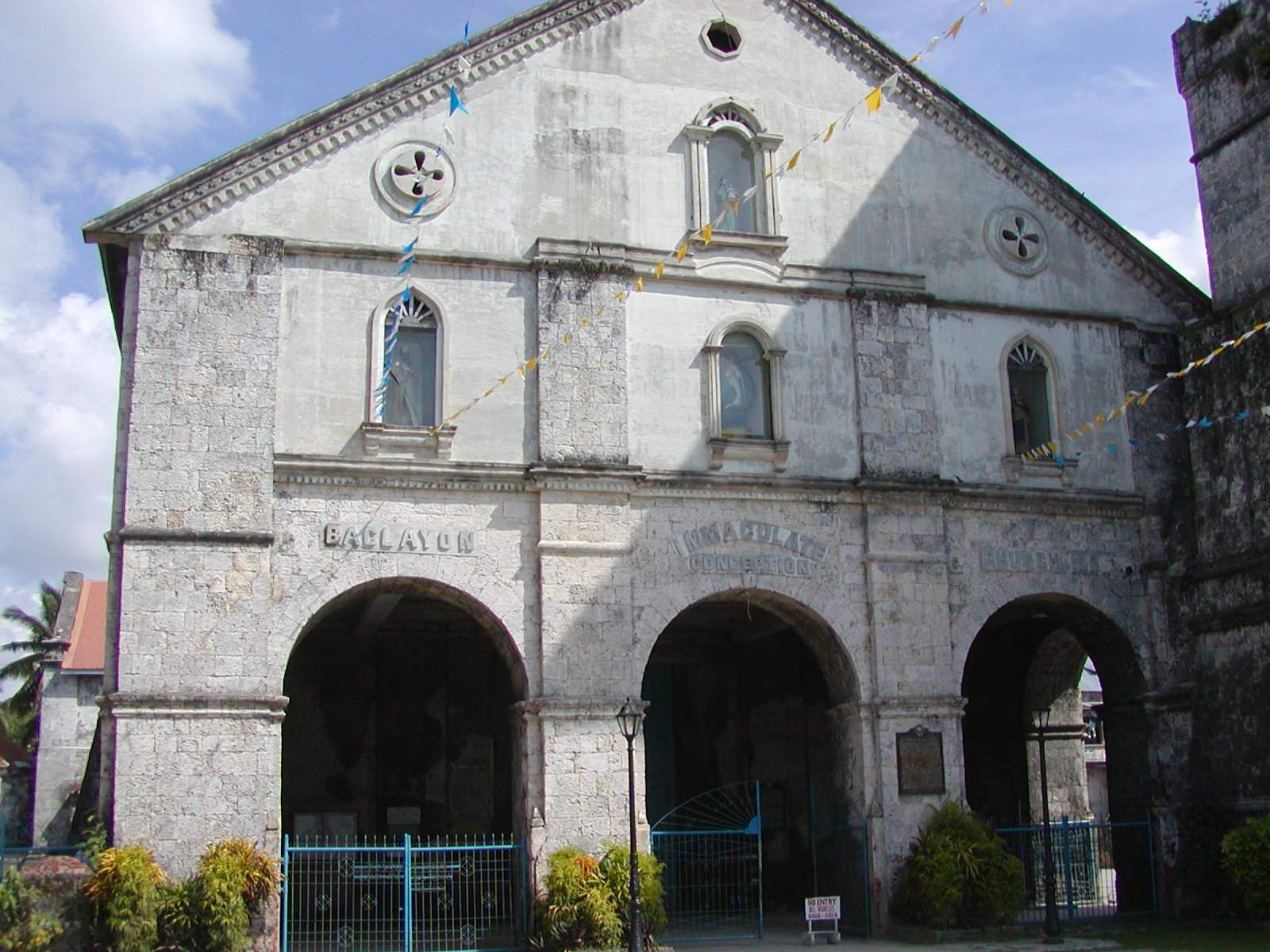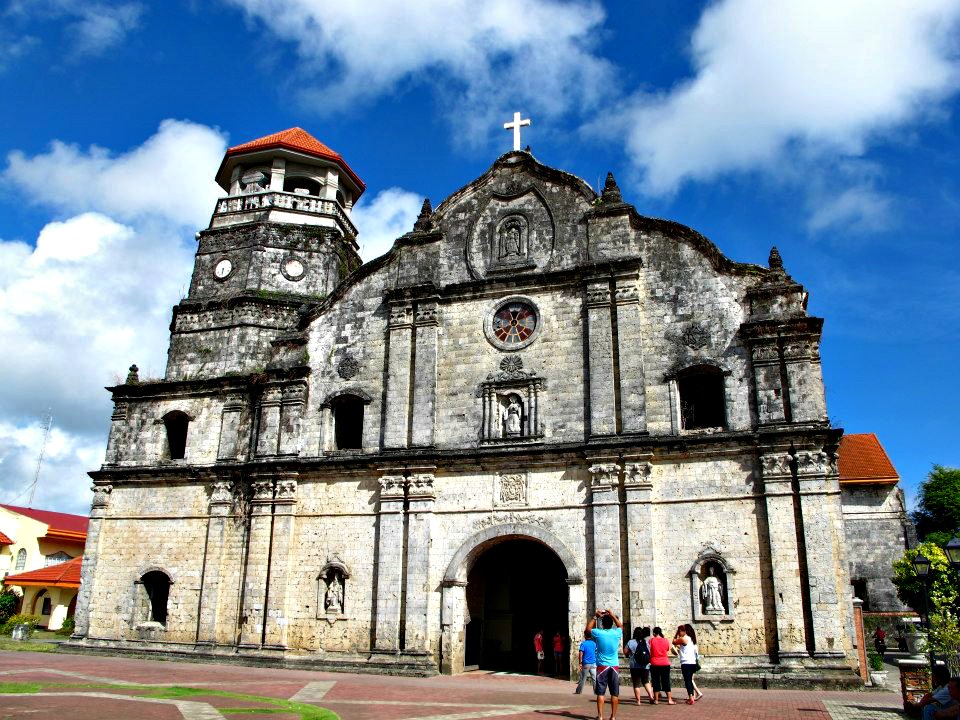did you write this down or you copied it?
Archaeology [Sticky] Archaeology by Prau123
🤬#Fight Chinese Oppression #Viet Lives Matter 🤠 #Stop Chinese absorption of Vietnam. #Free Uyghurs #Free Austronesians in Taiwan. #free the Tibetans.
I wrote it down.
I basically want to share archaeological infos and have some discussion here however I'm not a history teacher.
I'm posting another Austronesian map because the previous one that I posted didn't include Easter Island, Marquesas, Tahiti and others.
Coral Churches in the Philippines and around the world. The three below are from the Philippines in particular Bohol and Panay. Corals were used to construct the churches because several islands didn't have a quarry of rocks for the Spanish missionaries to construct with. The corals were abundant throughout the tropical shores of the islands in particular in the Visayan region. There are marbles on the islands of Romblon and Tablas but the Missionaries at the time would rather use corals because they were easier to cut and they were in the vicinity of the established town. Missionary churches were being built throughout the Philippines just like they built 21 Spanish missions in California. Missionaries used several hundred Filipinos as labors to construct the churches. They first had them go to the sea and once they found the quarry, then they would retrieve it and have it cut into square blocks. They would then pile them onto each other. They used bamboo to move, position and lift the coral stones. They used millions of eggs to cement the coral stone blocks together. The exterior walls of the churches were color coated with coral stones grounded into dust and mix with egg whites. The churches took awhile to be constructed because they had to wait for the hens to produce more eggs. The egg yolks were not discarded. They made sweet pastries out of it.
Philippines Church



https://www.bohol.ph/article8.html
https://www.bohol.ph/article8.html
Only in 1717, Baclayon became a parish, and construction of a new church commenced. Some 200 native forced laborers constructed the church from coral stones, which they took from the sea, cut into square blocks, and piled on to each other. They used bamboo to move and lift the stones in position, and used the white of a million eggs as to cement them together. The current building was completed in 1727. The church obtained a large bell in 1835.
Miagao Church’s distinctive yellow-ochre color comes from the inclusion of coral (ground into dust) and egg whites in the mixture for the adobes. In fact, the Spaniards customarily used egg whites to make mortar (“argamasa”) for their churches, in order to make the mixture more durable.
Interestingly, the egg yolks were not discarded, but often used to make some of the most famous Spanish convent sweets and pastries, like the Yemas de Santa Teresa
https://www.bohol.ph/article8.html
Only in 1717, Baclayon became a parish, and construction of a new church commenced. Some 200 native forced laborers constructed the church from coral stones, which they took from the sea, cut into square blocks, and piled on to each other. They used bamboo to move and lift the stones in position, and used the white of a million eggs as to cement them together. The current building was completed in 1727. The church obtained a large bell in 1835.
An interesting fact about the Baclayon Church is that it’s made of coral stone cemented by egg white. The church took ten years to complete it, from 1717 to 1727, as the natives had to wait for hens to lay more eggs.
Philippines Church Pics
https://www.propertyasia.ph/newsroom/2018/05/31/philippine-churches-made-coral-stones/
There are other churches around the world that made use of the coral stones to construct the churches.
Cuban Church

Dutch Church, India
https://www.flickr.com/photos/vinayakh/8405303850
Ancient Greek civilization contributed a lot more than what we were taught in grade school. Here's an article that explains how the Greeks were ahead of it's time in Astronomy. They discovered early on that the earth and other planets orbited the sun. They measured the actual size of the moon and the circumference of earth which suggest that they knew it was possible to circumnavigate the planet. They invented a device that may have been used to predict astronomical events.
Greeks were known for their Philosophers, Scientist and Engineers and I'm sure we will discover more incredible contributions from them in the years to come.
https://www.ancient-origins.net/news-history-archaeology/ancient-greek-astronomy-0013626
